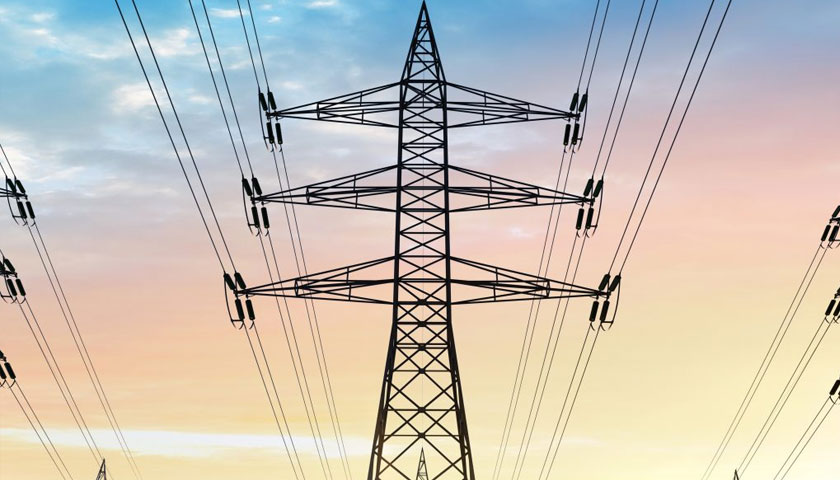On Sunday June 30 carbon emissions from electricity fell to just 97g per kWh, breaking the previous record of 104g per kWh set last summer, and for the first time ever meeting the UK Committee on Climate Change’s 2030 target of 100 g per kWh for a whole day.
June 30 was also the first ever day when more than half of Britain’s electricity was powered by renewables – 39% from wind, 9% from solar, 8% from biomass and 1% from hydro.
The changes seen on the power grid reflect a new record at the UK’s biggest renewable power generator. Drax recorded a 52% reduction in its carbon emissions in the first half of 2019 compared to the same period last year, with 94% of the power produced at Drax Power Station in North Yorkshire being renewable. Drax Power Station is the largest decarbonisation project in Europe.
Imperial College London’s Dr Iain Staffell, who worked independently via Imperial Consultants to analyse Drax’s Electric Insights data, said:
“Britain’s power system is decarbonising at a faster rate than any other country in the world. We have spent more than half the summer without a single coal power station turned on, and renewables are breaking new records all the time.
“As a result our power stations are producing 100 million tonnes less CO2 per year than they were just six years ago. The amount of carbon saved is equivalent to taking every single car and van off the UK’s roads, or what would be produced if every single person in the UK flew to Beijing and back.
“It’s fantastic progress, but we still have a long way to go to meet our net zero carbon targets. To make a real difference to the climate crisis, we must waste no time in using this low-carbon electricity to clean up our transport and buildings.”
Will Gardiner, Drax Group CEO said:
“Drax is playing an important role in the energy transition – our carbon emissions in the first half of the year have halved compared to last year. With our biomass, pumped storage, hydro and gas power stations, we are generating more renewable, low carbon and flexible power to support the system as it continues to decarbonise.
“Having converted another generating unit at Drax Power Station to use biomass instead of coal last year, we’re now producing more renewable power at the times it is needed most – but we we’d like to go further.
“If we can scale up our successful bioenergy with carbon capture and storage, Drax could become the world’s first negative emissions power station in the mid-2020s, helping to achieve the government’s net zero by 2050 carbon target.”
The clean record on June 30 was made possible by it being both a windy and a sunny, summer Sunday – when demand is often lower because less people are at work or school, and longer daylight hours and warmer temperatures means the need for electricity isn’t as high.
The carbon dioxide emissions from the electricity system on June 30 were 72% lower than the most carbon intensive day of the year, which was January 24 (347g per kWh). The difference amounted to 158,000 tonnes of carbon dioxide – equivalent to the CO2 emitted by around 620,000 flights from London to Mallorca.


